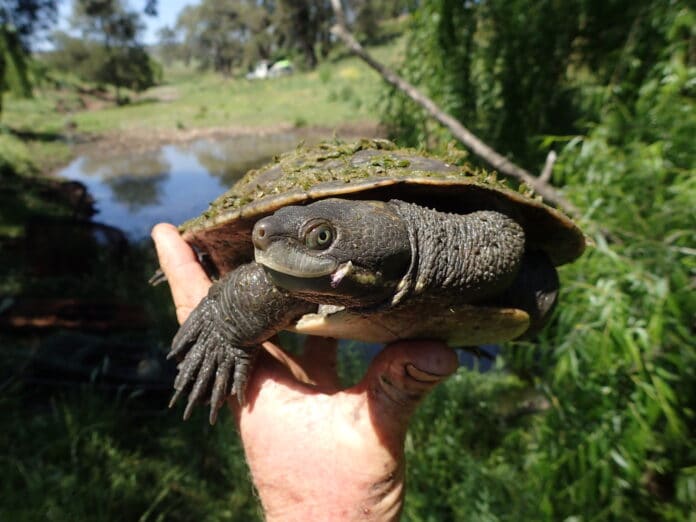The plight of the Hunter River short-necked turtle (Hunter River turtle) seemed very grim at the start of the year.
It faced impacts from predators (on eggs, juveniles and adults), combined with long-term drought, reduced water quality and associated disease.
Hundreds of the sea creatures were found dead along dry rivers and many others were relocated from pools about to dry up to a nearby deep permanent pool.
However, the Hunter River turtle caught the attention of Aussie Ark in 2018 and, working with private landholders, they teamed up with NSW Department of Planning, Industry and Environment’s (DPIE) Biodiversity and Conservation Division to monitor the species and support initial recovery actions.
Freshwater turtles play an essential role in maintaining waterway health, they are the “garbage trucks” of our rivers.
The endemic Hunter River turtle is only found in the Hunter River and associated catchments.
They nest each October to December, laying eggs buried into the edge of river banks, susceptible to stock trampling and pests such as foxes.
Since the drought started to ease, Hunter Local Land Services (LLS) joined forces, supporting Aussie Ark, to develop captive breeding facilities and to initiate much-needed surveys post drought.
Hunter LLS also engaged an expert ecologist, while also collecting information on observed drought refuge areas such as deep weir pools.
But, a complete survey had not been completed for this species until now.
Ecologist Phil Spark said so far, with only half of the surveys completed, the results had been quite remarkable.
“We found more than 400 turtles in four days,” he explained.
“This is quite the opposite to what we expected.
“There is a good range of young and adults observed, and they are consistently the dominant species in the rivers.”
More than 1000 Hunter River turtles were located across a number of major rivers in the Hunter.
Weir pools that had persisted through the droughts were found by far to have supported more turtles than shallower river sections such as along the Wybong River.
Hunter LLS has been actively working with landholders in the Upper Hunter through the Professional Wild Dog Control Program to reduce wild dog and fox impacts, as well as coordinated catchment management and river projects for many years through the Hunter Catchments Contributions.
These initiatives provide landscape scale community effort to balance both environmental and production goals, reducing pests, managing stock access in rivers and promoting river health and water quality.
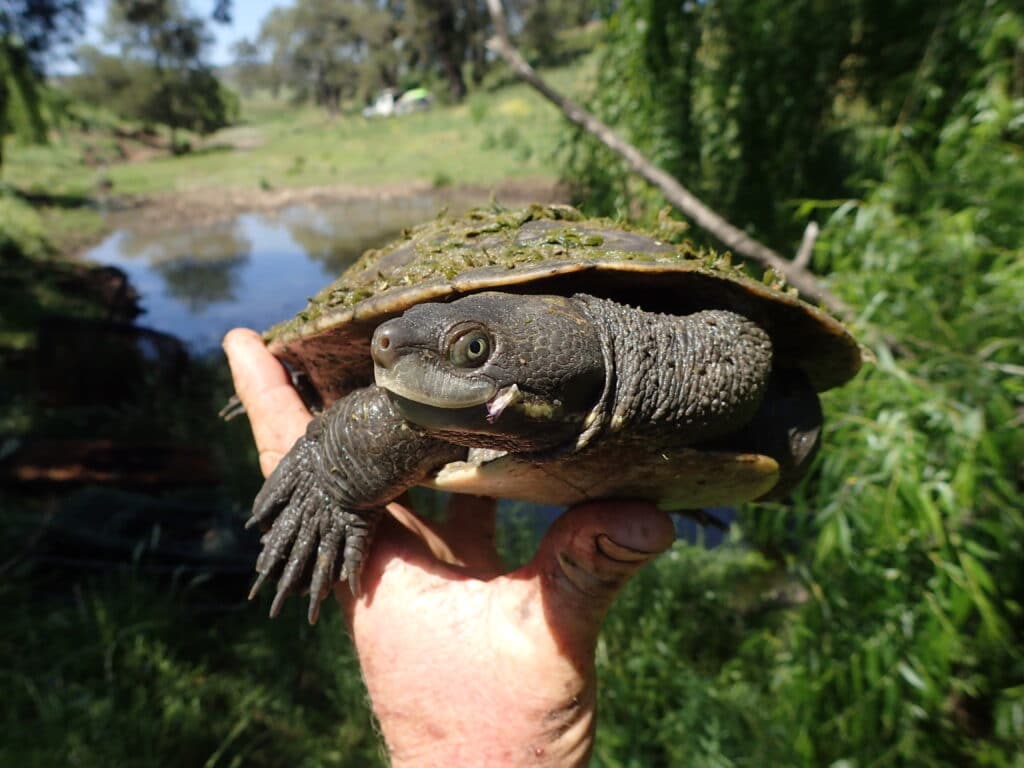
OLYMPUS DIGITAL CAMERA 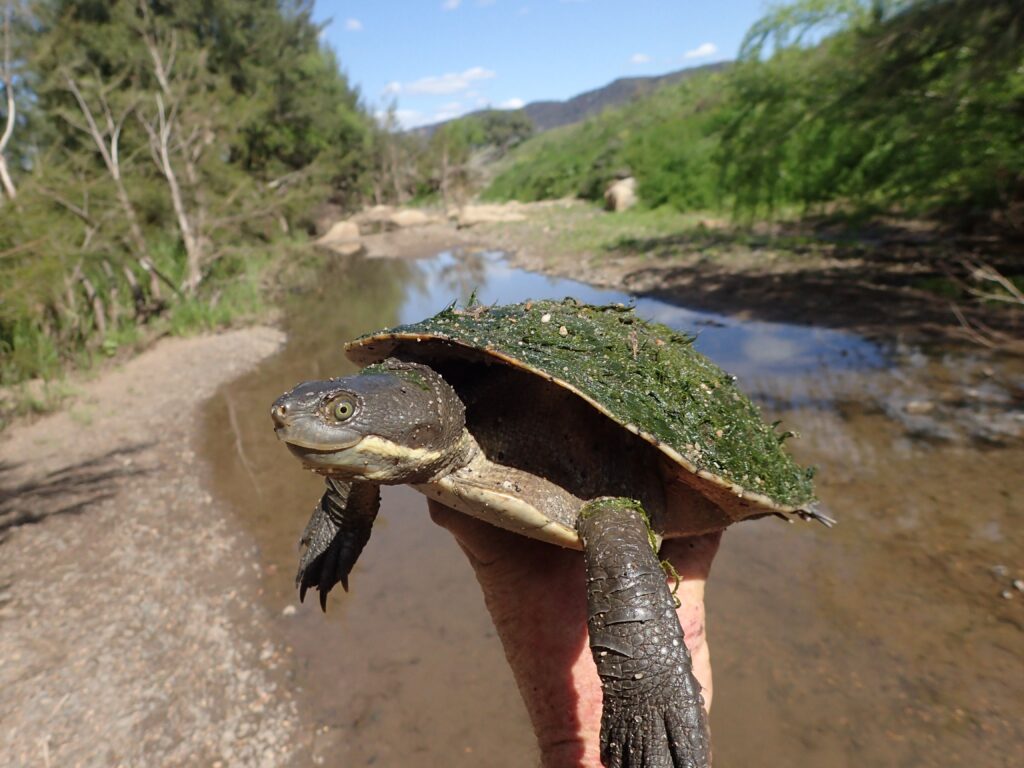
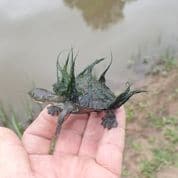
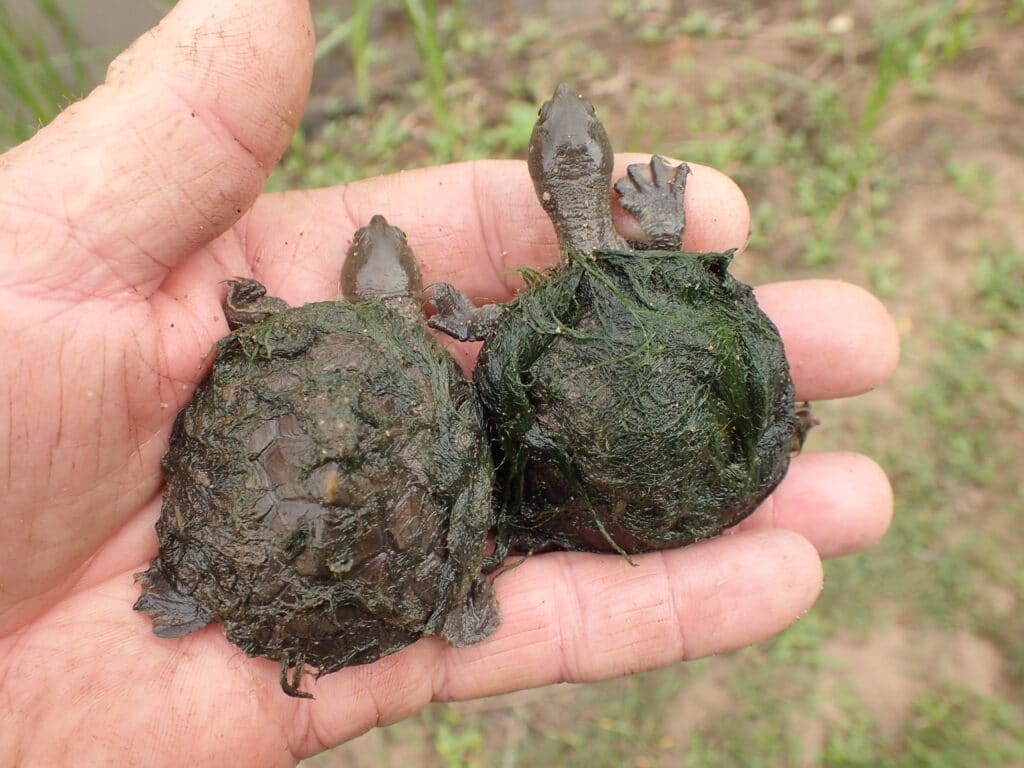
Aussie Ark’s Tim Faulkner said there was still a long way to go to get the turtle back on track and sustain populations to what they once may have been, to play their essential role in the river ecosystems.
“We collected 20 adults in January, for insurance populations and breeding with DPIE, LLS and other partners’ help, to release young back into the rivers,” he stated.
A similar program has been in place for a couple of years with Hunter LLS, DPIE and Aussie Ark working with community and agency to support the endemic endangered Manning River turtle, impacted by both drought and severe fires in the Upper Manning.
This partnership will continue to liaise together, drawing on each of the organisations’ strengths for both turtle species.
A full report on the Hunter River turtle’s status and distribution, and how they are recovering, will be released early in 2021.

